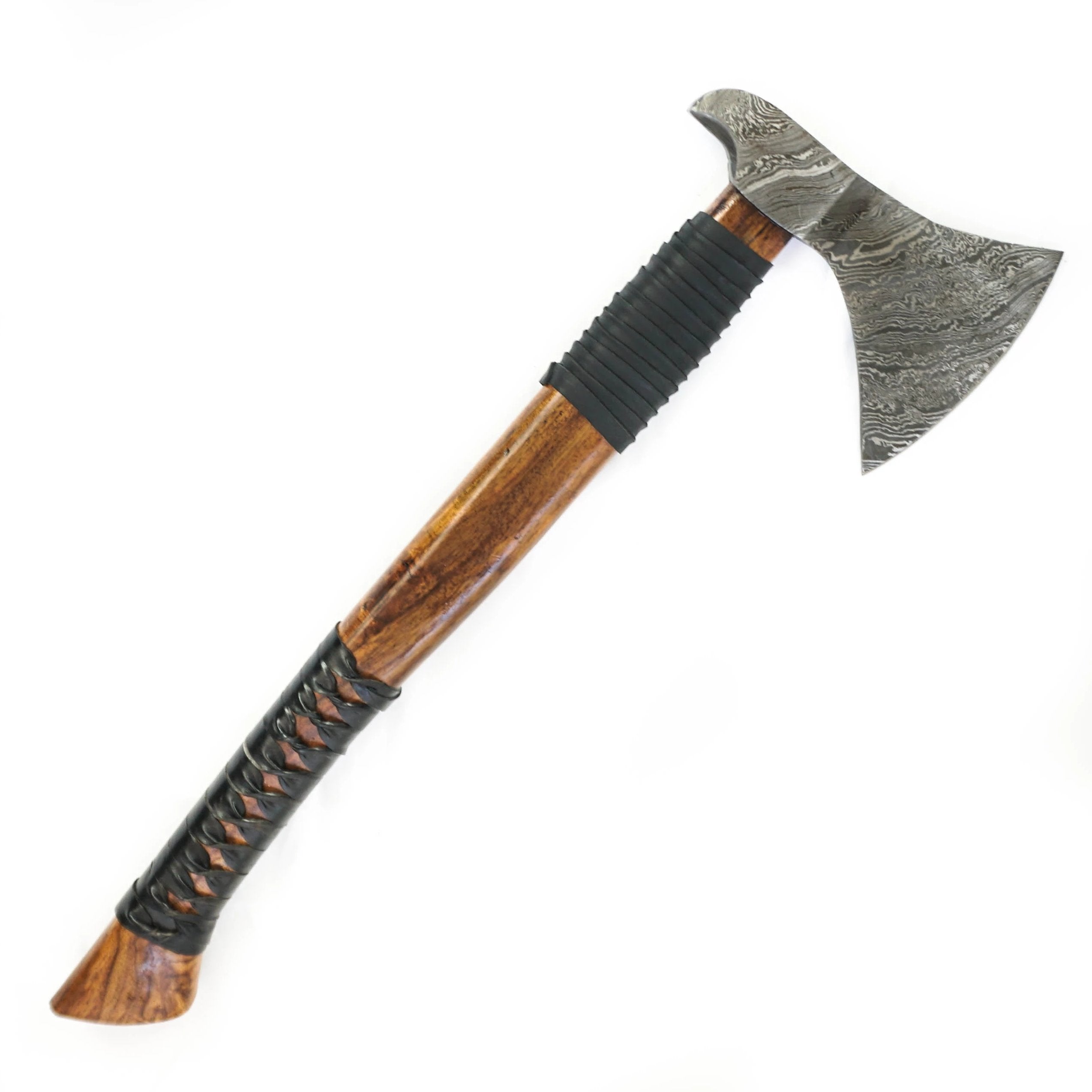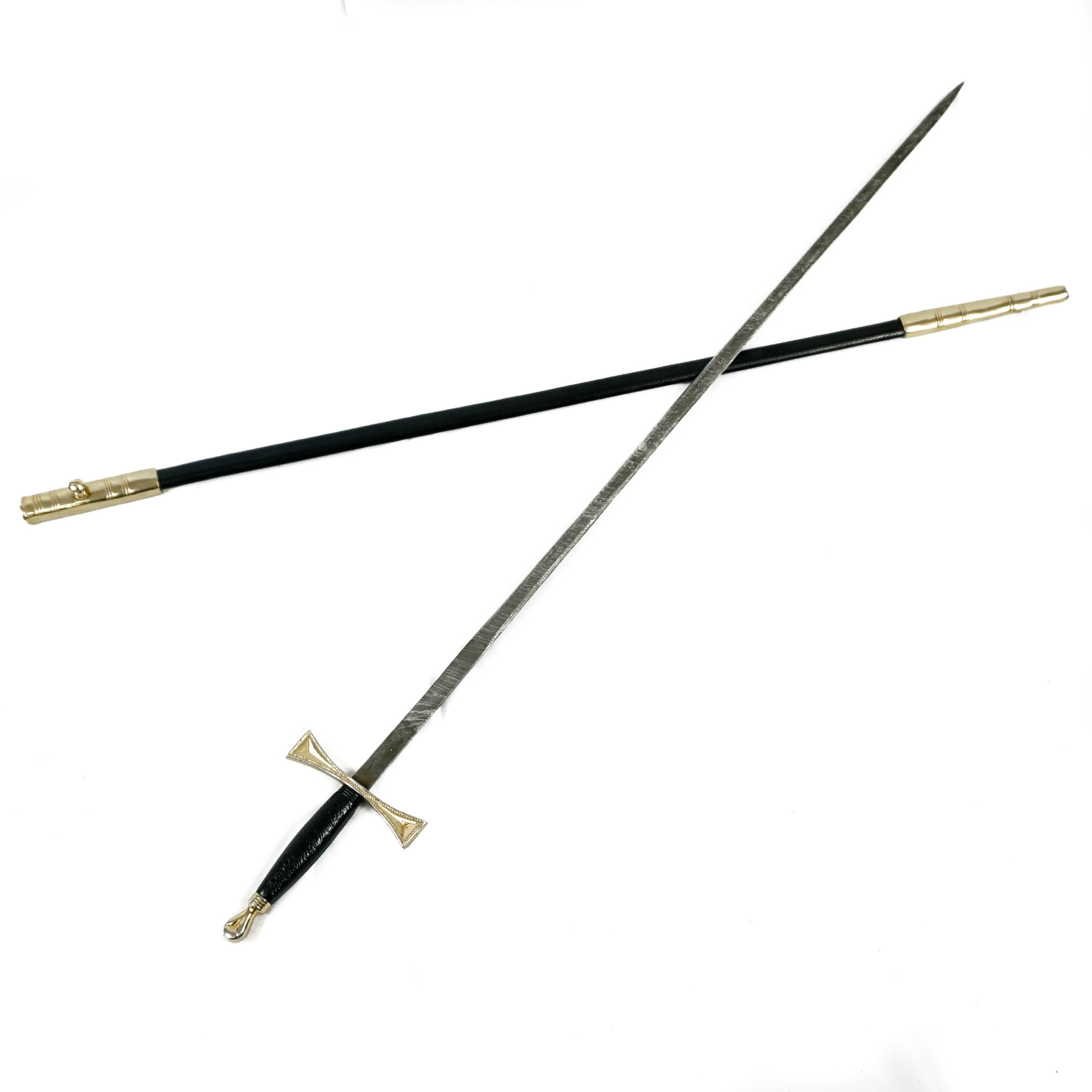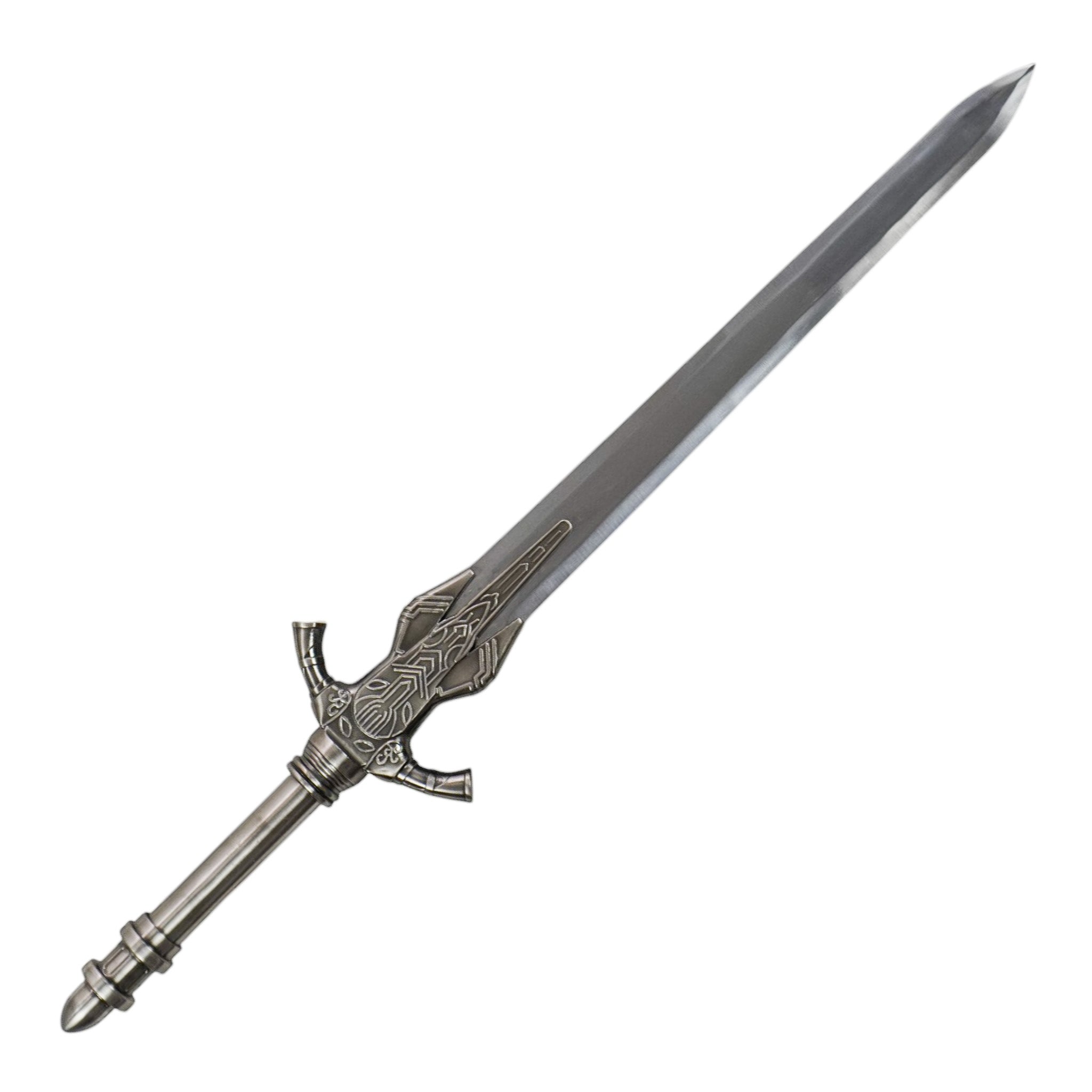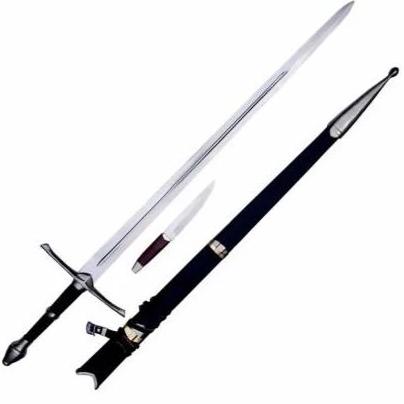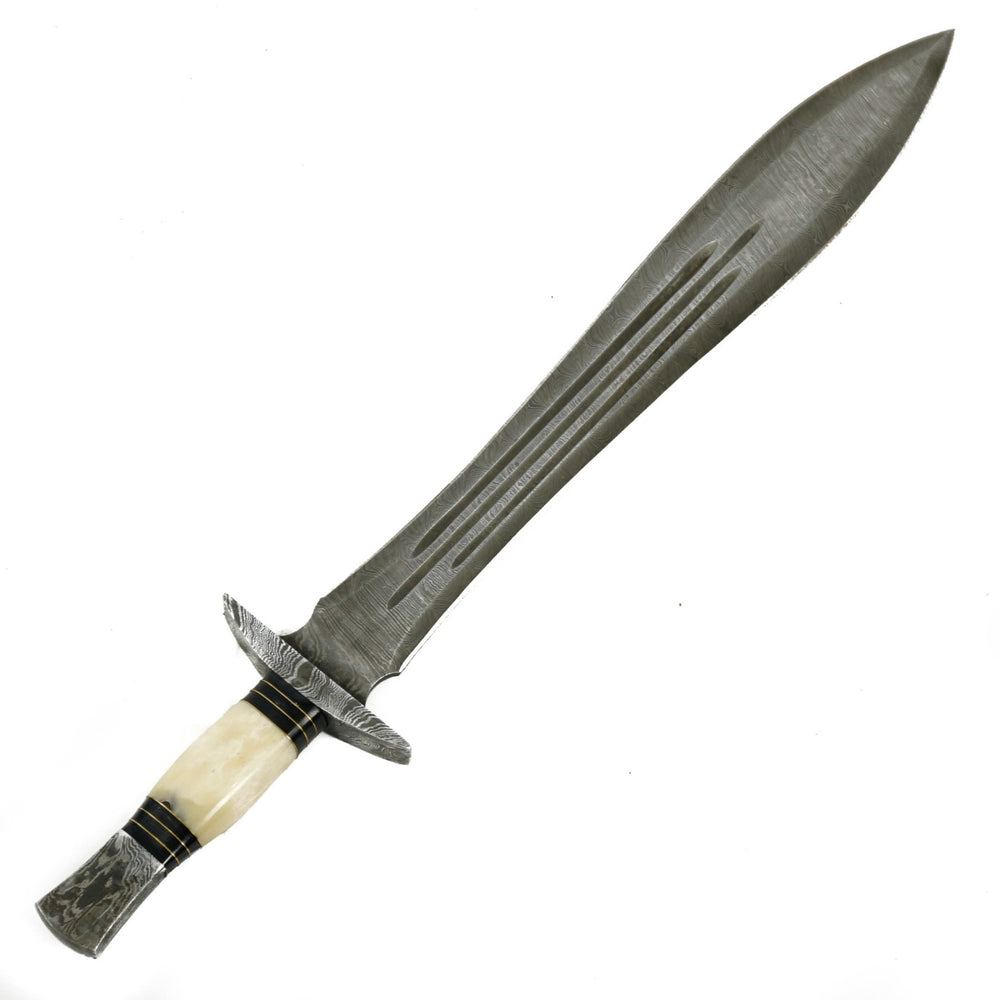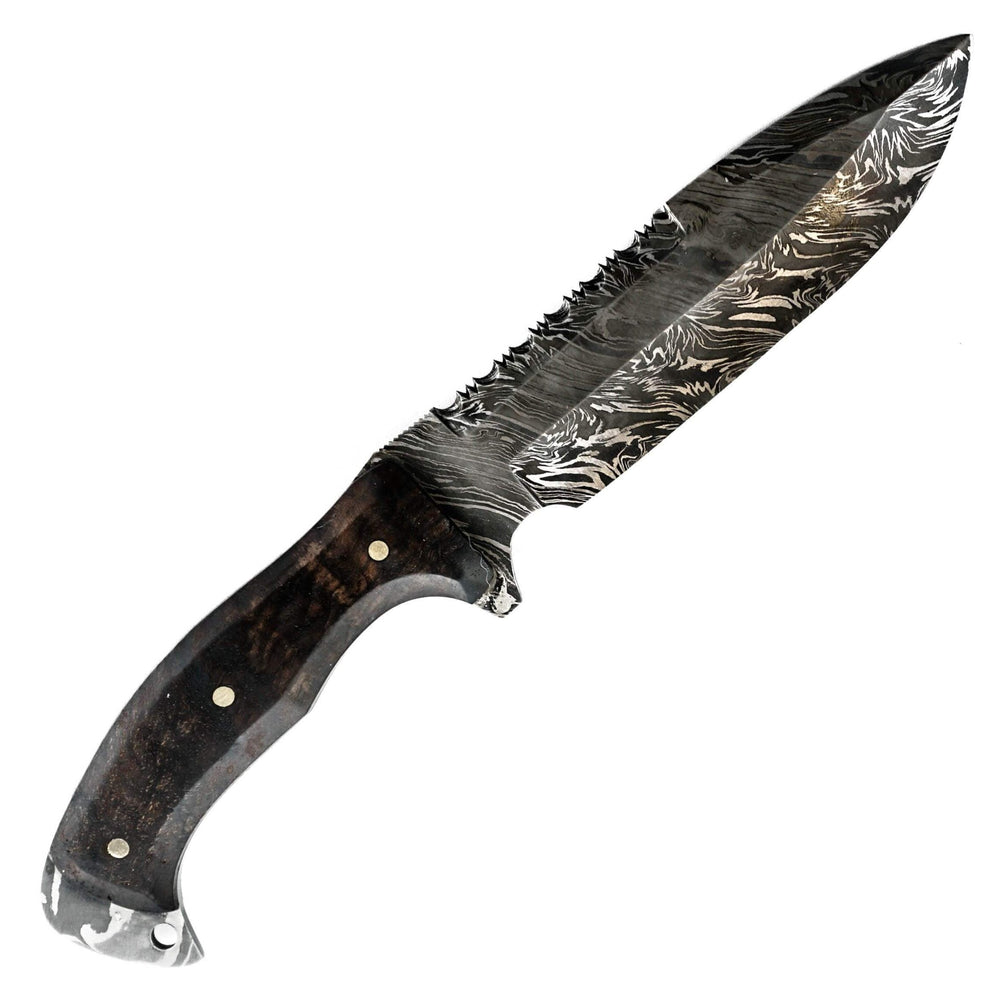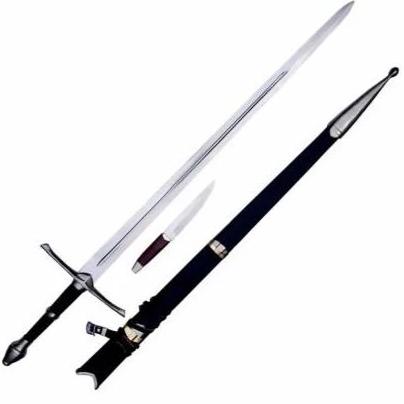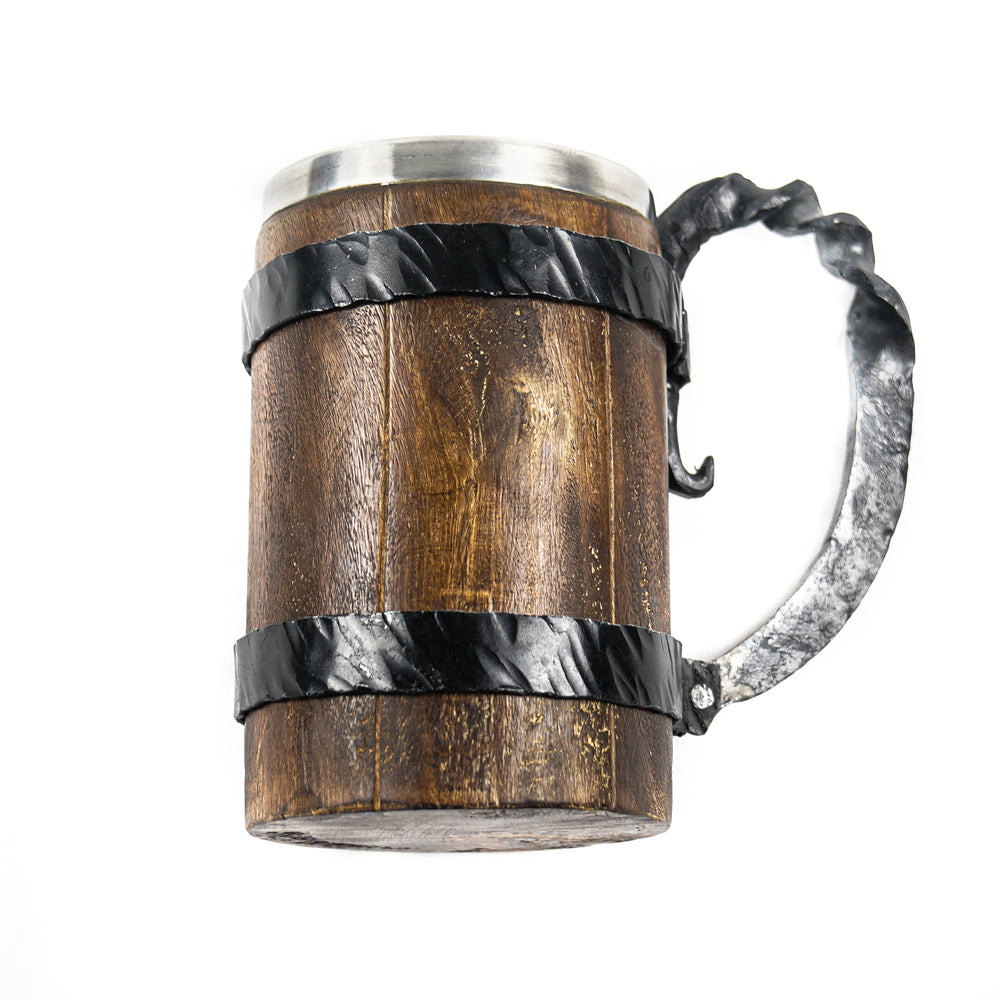The Deadly Scimitar: An Oriental Sword Of Power
The Scimitar is a curved sword with a long and rich history in many cultures. Out of these, there are a few iconic scimitars called the two-handed Scimitar of the East, also known as the deadly Scimitar. This weapon is a masterpiece of craftsmanship, and a symbol of power that has inspired many legends and tales.
Let's explore the deadly Scimitar's origins, features, and significance and delve into some of its most notable wielders and battles. From Arabia to Persia, the two-handed Scimitar has left its mark on the world of deadliest swords.
Whether you are a collector or a history buff, you will find something captivating in the mystique of this sword. So, let's unsheathe the deadly two-handed Scimitar and discover its secrets together.
The Origins: Tracing The Ancient History And Evolution Of The Deadly Scimitar Sword
Boasting a captivating and extensive history spanning thousands of years, the Scimitar, a lethal weapon, is traced to ancient Persia. There, it was utilized as a tool and weapon by the nomadic tribes that roamed the region.

Over time, the Scimitar became a symbol of power and prestige among the Persian aristocracy. The aristocracy commissioned master blacksmiths to craft the finest examples of this deadly weapon.
As Persia's influence spread throughout the Middle East and North Africa, so did the deadly Scimitar. It became a staple of many armies and mercenaries, prized for its curved blade and exceptional cutting power. Warriors would wield the Scimitar in one hand and a shield in the other, charging into battle with formidable force.
During the 13th century, the Mongols invaded Persia and brought their Scimitar version, designed to be used on horseback. It led to the development of lighter and more agile scimitars that could be used in close-quarters combat.
In the centuries that followed, the deadly Scimitar saw action in many battles and conflicts. It was used by Crusaders, Ottoman warriors, and even pirates. The last known use of the Scimitar in battle was by the Ottoman Empire during the First World War. Today, the legacy of the deadly Scimitar lives on, inspiring sword enthusiasts and lovers of history around the globe.
Making Of The Two-Handed Scimitar Sword
The deadly two-handed Scimitar is a masterpiece of craftsmanship made with the finest materials and techniques. Damascus steel is the preferred material to create this curved and lethal blade, known for its superior strength and beauty.
One more special material is called High Carbon 1095 Steel. It's known for staying sharp well and being very tough. These materials were carefully picked because they have unique qualities that make them great for making Scimitars. Moreover, they demand a combination of toughness, sharpness, and longevity.

Read on to get familiar with the materials and crafting process on the legendary two-handed Scimitars.
Materials Used
Damascus steel is a metal renowned for its characteristic pattern that arises from the alternating layers of iron and steel. This combination provides superior toughness and sharpness, making it an excellent choice for scimitars.
High Carbon 1095 Steel is another high-quality, favored material prized for its exceptional edge retention and resistance to corrosion. Together, these materials create a strong, sharp scimitar and a beautiful work of art.
Why Are These Materials Preferred?
Because of their outstanding physical properties, Damascus and High Carbon 1095 Steel are preferred for scimitar swords. Damascus blends carbon and iron for toughness, while High Carbon 1095 Steel offers renowned hardness and strength.
Additionally, these materials are easy to shape and forge, allowing artisans to craft intricate and unique designs.
Why Are Scimitars Curved?
Scimitars are curved because it helps them cut better. The curve makes the blade hit more of the target, causing deeper cuts. It also lets the blade move smoothly for quick strikes and changes in direction.
Moreover, the shape helps the force focus on a smaller area, making it better at breaking through armor. People designed the curve over time to make the sword work well in battles.
Hand-Crafting Process
Crafting a two-handed scimitar sword is a laborious process that demands the skill and patience of a master blacksmith. It involves the steps mentioned below:
- The metal layers are folded and forged to create the desired shape and pattern.
- After that, the blade is quenched and tempered to enhance its strength and durability. Once the blade is ready, the hilt, pommel, and guard are crafted by hand.
- The blade is sharpened, polished, and engraved with intricate designs and patterns unique to the maker and the culture it represents.
The result is a beautiful and lethal weapon that embodies the mastery of traditional craftsmanship.
Scimitar Sword Varieties
Arabian Scimitar: A Unique Blade Of History
The Arabian Scimitar showcases exceptional craftsmanship and historical significance. Its curved blade, crafted from high-carbon Damascus steel, embodies a legacy of ancient artistry. With a longer blade and distinct handle design, it reflects aesthetic preferences and combat techniques.
Eagle Scimitar: A Formidable Blend Of Power
The Eagle Scimitar boasts a broader 32" blade of high carbon 1095 steel. Its shorter length provides agility, while the robust steel ensures durability and strength. The handle design accommodates diverse fighting styles, making it a versatile choice for combat enthusiasts.
Shamshir Sword: A Popular Scimitar Variant
The Shamshir Sword is a notable Scimitar variant known for its deeply curved blade, making it ideal for scimitar fighting. The two-handed Shamshir Scimitar exemplifies Persian craftsmanship and often features an ornate handle, adding to its distinct appeal. The Shamshir Sword holds historical significance and remains a sought-after choice among sword enthusiasts and collectors.
Double-Sided Scimitar Sword
The double-sided scimitar sword is a marvel of craftsmanship and design, featuring a razor-sharp blade on each side. This unique style of sword was favored by many warriors in the East, who prized its versatility and power.
The double-sided scimitar fight sword blade is forged from high carbon 1095 steel, ensuring durability and longevity. This material is known for its ability to hold a sharp edge and withstand heavy use.
Whether you are a collector or martial artist, the double-sided scimitar sword is a weapon that demands respect and attention.
Scimitar Sword Or Saber Sword
The Saber is a classic weapon with a long and storied history in the East. This type of sword is characterized by its curved blade and typically measures 19 inches long. The blade is forged from high-carbon Damascus steel, known for its exceptional strength and flexibility.
This material is also prized for its distinctive "water-marked" pattern, which gives the blade a unique and captivating appearance. The scimitar wields aesthetic charm and lethal cutting prowess, cherished by collectors and warriors for its dual allure.
Visit Battling Blades to buy this beauty today!
Katana Vs. Scimitar
The katana and the scimitar are both special swords, but they come from different places and have different shapes. The katana is from Japan and is known for its sharpness and precision.
It's usually straight with a single edge. On the other hand, the scimitar comes from places like the Middle East and has a curved blade. It's good for slashing and cutting. So, the choice between them depends on what kind of sword moves and styles the way you like!
Scimitar Sword's Deadly Force
The deadly force of the two-handed scimitar is attributed to its unique design, which allows for quick slashing and powerful cutting. The curved blade concentrates the force of the strike, delivering devastating wounds to the opponent.
Furthermore, the two-handed Scimitar allows for greater control and leverage, thus maximizing the impact of each blow. Its blade is made of high-quality steel with a razor-sharp edge capable of slicing through armor and bone with ease.
Historically, various cultures have used the scimitar sword in warfare, including the Arabs, Persians, and Turks. Elite soldiers and leaders often wielded it as a symbol of power and prestige.
Its effectiveness made it a popular choice for cavalry units, allowing for swift and deadly charges against enemy lines. The Scimitar's versatility also made it suitable for other tasks, such as cutting ropes, removing limbs, or slaughtering animals.
The popularity of the scimitar sword in warfare is often attributed to its cultural significance and symbolism.
For example, the Scimitar was a religious symbol in the Islamic world, representing the Prophet Muhammad's sword, Zulfiqar. As such, Muslims considered it a holy weapon that brought them victory in battle and protection against their enemies.
Moreover, the curved shape of the blade was thought to resemble the crescent moon, another important Islamic symbol. This symbolism and the Scimitar's lethal effectiveness made it a natural choice for Islamic armies.
The Scimitar sword's deadly force derives from its unique design, high-quality materials, and historical usage in combat. Its popularity can be attributed to its cultural symbolism and religious significance for various cultures.
The scimitar, be it weapon or symbol, remains a craftsmanship masterpiece, captivating in its form and significance.

Versatility Of The Scimitar Sword
The Scimitar sword is a versatile tool with varied uses beyond warfare and combat. Its design allows it to serve as a useful instrument, making it an essential item in many households.
Whether cutting meat, slicing vegetables, or trimming shrubs in the garden, the Scimitar can easily handle these tasks. Its curved blade allows for precision trimming and ease of use.
Additionally, the Scimitar's durable construction ensures it can withstand heavy-duty use. Its versatility makes it popular for collectors, enthusiasts, farmers, butchers, and gardeners.
Scimitar's Everyday Utility: From Farm To Table
The Scimitar sword's unique design makes it a perfect tool for use in the agricultural and culinary world. Farmers commonly use it to harvest crops such as wheat and sugarcane. On the other hand, butchers use it to carve meat with enhanced control and accuracy.
All in all, the Scimitar's blade enables precise meat slicing, improving cooking and presentation with thinner cuts. It excels in meat and crop processing, offering versatility across industries due to its efficiency and effectiveness.

A Cut Above Comparing The Butcher's Knife Cimeter And The Scimitar Sword
The two-handed Scimitar and the Butcher's Knife Cimeter are two blades that share similar attributes but differ.
The Cimeter has a straighter edge, making it more effective at cutting through meat bones. On the other hand, the Scimitar's curved edge provides greater precision when deboning or trimming meat.
In addition, unlike the Cimeter, the Scimitar's blade is heavier in the center, making it more suitable for downward chopping motions. Scimitars' two-handed grips provide superior control and power, making them a favored blade across global cultures.
Forging Industries: The Scimitar Sword's Multifaceted Impact
The Scimitar Sword's multifaceted impact ranges beyond warfare, agriculture, and culinary endeavors. Its design has inspired some of the most artistic and intricate forms of metalwork known today.
The blade's manufacturing process has forged artistic and economic industries worldwide, especially in the Middle East. Scimitar techniques shaped modern sword design, evident in the curved blades of Western sabers today.
Therefore, the Scimitar's impact is important not only for its prowess in battle but also for its impact on industries worldwide.
The Scimitar Sword's Iconic Presence
The Scimitar is a sword whose shape and presence are instantly recognizable, known for its elegant curve and exceptional craftsmanship. This iconic weapon has been used in many cultures, from the Middle East to the Balkans.
It is considered a prestige, power, and honor symbol and is often associated with knights, warriors, and sheiks. After all, it boasts an impressive, sharp-edged design with a comfortable grip. Its unique balance enables remarkable control and speed.
All in all, it is a sword that has been feared and admired for centuries, with its influence seen in many cultures worldwide.
A Star In Pop Culture: The Scimitar Sword's Role In Media
The scimitar sword has not only been influential in historical contexts but has also played a popular role in modern media. It has been featured in movies like Prince of Persia and Aladdin featuring iconic villains like Jafar and Khal Drogo.
The Scimitar is often used to depict strength, agility, and martial prowess. In movies like Gladiator and 300, the two-handed Scimitar becomes a focal point, enhancing battle scenes with drama and excitement.
In short, the sword's portrayal in popular culture transcends borders and generations. It remains an enduring, captivating weapon, inspiring fascination.
Timeless Fame: The Enduring Allure Of The Scimitar Sword
The Scimitar Sword has a rich history transcending time and culture. Its allure lies in its unique shape, which gives the weapon a distinct advantage in close combat.
The curved blade is ideal for slashing and penetrating armor, making it a formidable weapon for a skilled warrior.
Moreover, its design has inspired numerous variations, each with strengths and weaknesses. Over time, scimitars have become status symbols worn by rulers and nobles to show power and prestige.
The scimitar sword has achieved timeless fame, and its legacy lives on today in both art and warfare.

Cultural Legacy: Reflecting On The Profound Significance Of The Scimitar Sword
The Scimitar sword is a symbol of cultural legacy that reflects the diversity of the civilizations that have wielded it. Various cultures, including Central Asia, the Middle East, and North Africa, have influenced its intricate design.
Its significance goes beyond warfare; it is often featured in art, literature, and dance. As such, the Scimitar holds deep cultural meaning and is a source of pride for many communities.
Moreover, the Scimitar embodies the values of courage, strength, and honor, which are fundamental principles in many societies. It is more than just a weapon; it is a cultural icon that has shaped history and continues to inspire.
Last Words
The two-handed Scimitar remains a fascinating and deadly weapon. It has captured the imaginations of warriors, historians, and martial arts enthusiasts for centuries. Throughout history, some of the most fearsome fighters, from Sultans to Samurai, have wielded the Scimitar.
In fact, its curved blade and long reach make it a formidable weapon, with its ornate design symbolizing power and status. Despite its immense popularity in the Orient, the history of the Scimitar is shrouded in mystery and myth.
Nonetheless, what is known about this unique weapon is enough to attest to its effectiveness and distinct class of weaponry. The deadly Scimitar may be a thing of the past, but its legacy in Eastern combat endures.
Besides, if you are a weapon-enthusiast expanding on your collection of these ancient pieces of art, Battling Blades has the best collection for you. Reach out to us for an unforgettable weaponry shopping!

